Description
In India, we can sell this Yellow Mandevilla Plant (single plant) via online delivery systems to any states including Andhra Pradesh, Arunachal Pradesh, Assam, Bihar, Chhattisgarh, Goa, Gujarat, Haryana, Himachal Pradesh, Jammu & Kashmir, Jharkhand, Karnataka, Kerala, Madhya Pradesh, Maharashtra, Manipur, Meghalaya, Mizoram, Nagaland, Odisha (Orissa), Punjab, Rajasthan, Sikkim, Tamil Nadu, Telangana, Tripura, Uttar Pradesh, Uttarakhand, and West Bengal
The Yellow Mandevilla, also known as Dipladenia or Yellow Alice du Pont, is a tropical vine admired for its bright, trumpet-shaped yellow flowers and glossy green leaves. Known for its climbing habit, this plant brings a bold splash of color to gardens, balconies, and trellises.
Botanical Information
- Scientific Name: Mandevilla spp. (specifically a yellow-flowering cultivar)
- Family: Apocynaceae
- Common Names: Yellow Mandevilla, Yellow Dipladenia
- Native Range: Tropical and subtropical regions of South and Central America
Appearance
- Flowers: Large, trumpet-shaped yellow flowers with five petals and a slight fragrance. They bloom profusely from spring through fall in warmer climates.
- Leaves: Glossy, oval-shaped green leaves that are dense and leathery.
- Growth Habit: A twining vine that can reach up to 10-15 feet when supported but can also be grown as a bushy potted plant in smaller spaces.
Growing and Care Requirements
1. Sunlight
- Requirement: Full sun to partial shade.
- Optimal Growth: Prefers full sun for the best flowering results, but it can tolerate partial shade, especially in very hot climates.
2. Watering
- Frequency: Keep soil consistently moist, especially during the blooming season, but do not let the soil become waterlogged.
- Drought Tolerance: Yellow Mandevilla is moderately drought-tolerant once established but benefits from regular watering during dry spells.
3. Soil
- Type: Well-draining, rich soil with organic matter.
- pH: Slightly acidic to neutral pH (5.5–7.0) is ideal.
- Enhancements: Adding compost or peat moss helps improve moisture retention and nutrient content, which the plant appreciates.
4. Fertilizing
- Frequency: Feed every 2–4 weeks during the growing season (spring through early fall).
- Type: Use a high-phosphorus fertilizer to encourage abundant flowering, or a balanced liquid fertilizer for healthy growth.
5. Pruning
- When to Prune: Prune lightly in early spring to shape the plant and remove any dead or weak growth.
- Training: Guide the plant’s twining stems onto a trellis or support if you want it to grow vertically, as it naturally climbs.
6. Pest and Disease Management
- Pests: Watch for aphids, spider mites, and whiteflies. Neem oil or insecticidal soap can help keep these pests under control.
- Diseases: Yellow Mandevilla is generally resistant to diseases but can occasionally face root rot if soil drainage is poor. Ensure good air circulation and avoid overhead watering to prevent fungal problems.
7. Temperature and Humidity
- Ideal Temperature: Thrives in warm, tropical climates. Protect from frost, as it is sensitive to temperatures below 50°F (10°C).
- Humidity: Prefers moderate to high humidity; occasional misting is helpful in dry climates.
8. Propagation
- Method: Can be propagated from stem cuttings in spring or early summer.
- Steps: Take 4-6 inch cuttings, dip in rooting hormone, and place them in moist, well-drained soil or a rooting medium until roots form.
The Yellow Mandevilla adds a tropical feel to any garden, and its bright, cheerful blooms can transform spaces when trained to climb on trellises, fences, or arbors. With the right care, it will provide vivid color throughout the warmer months!.
Only logged in customers who have purchased this product may leave a review.

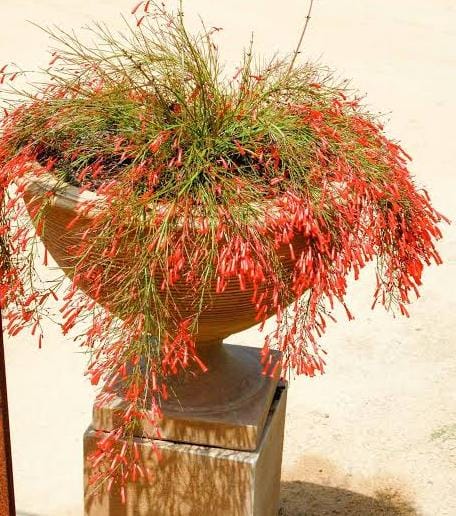

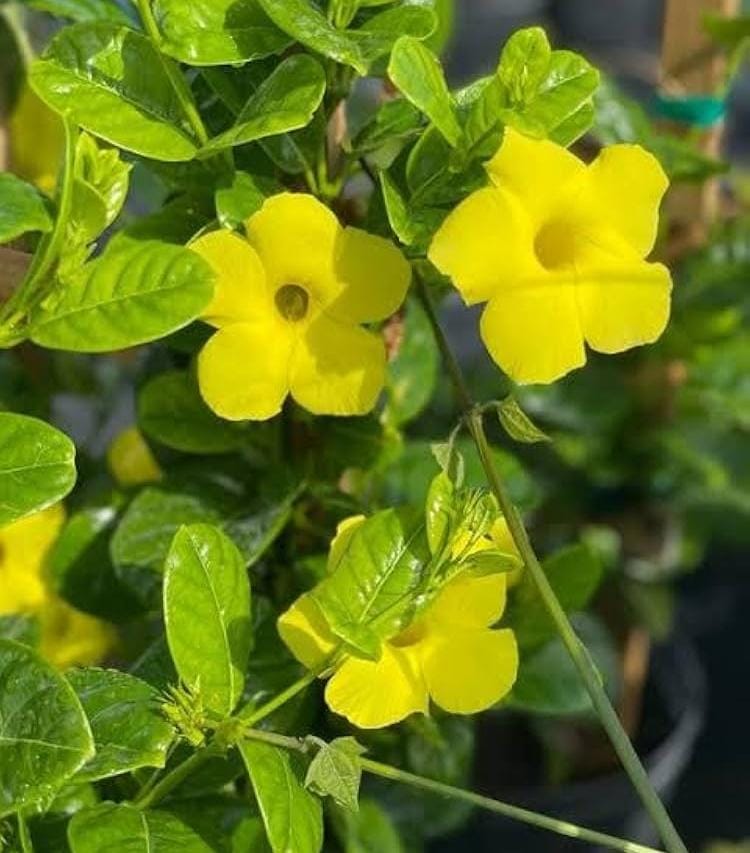
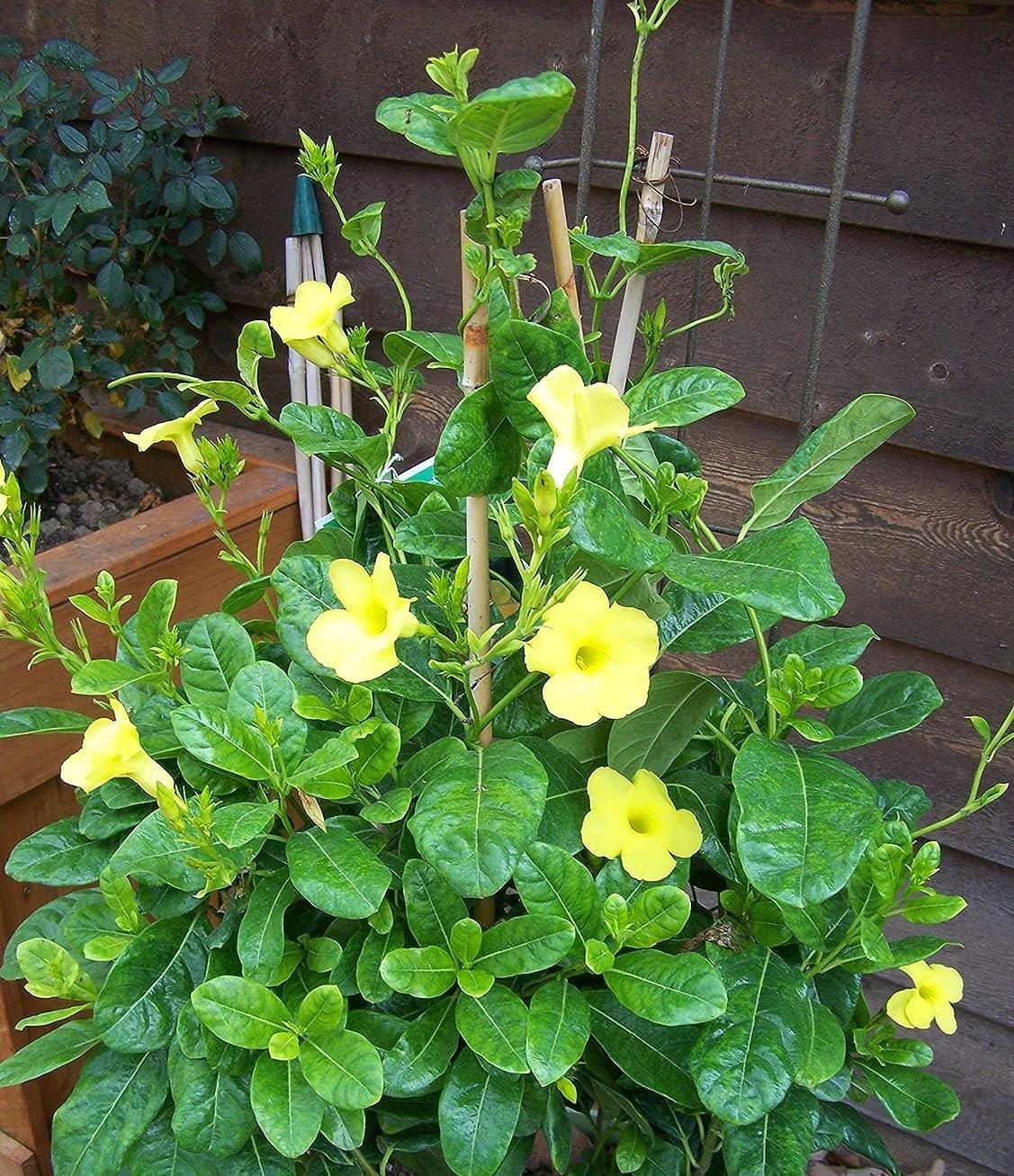
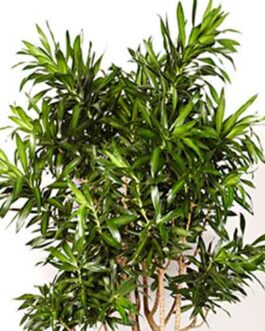
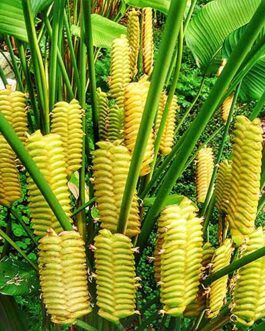
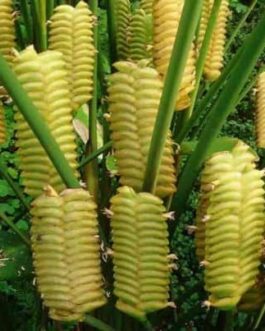

Reviews
There are no reviews yet.